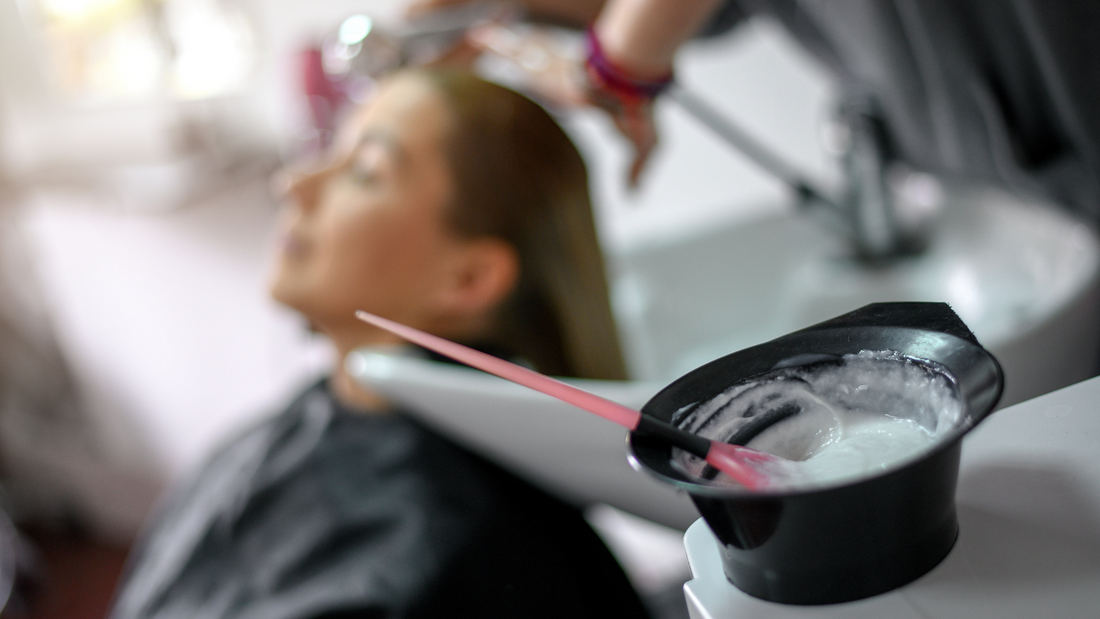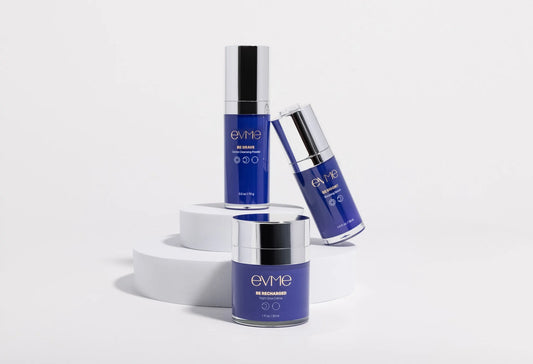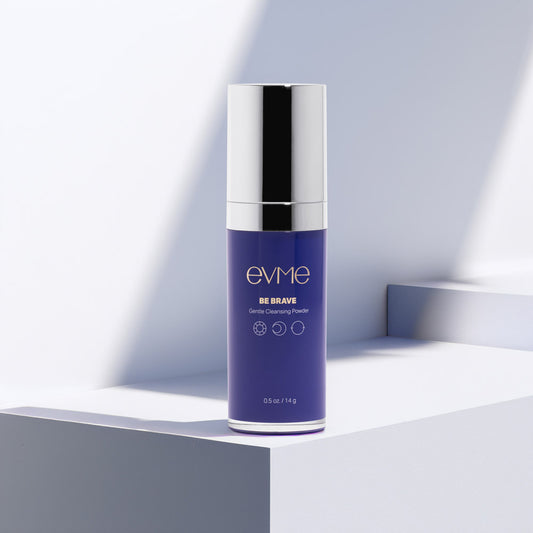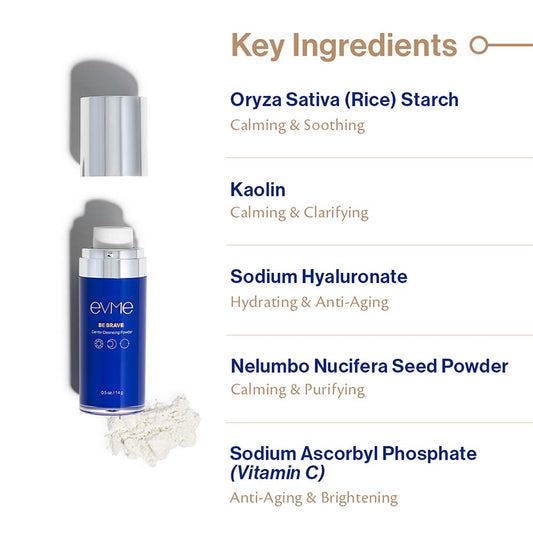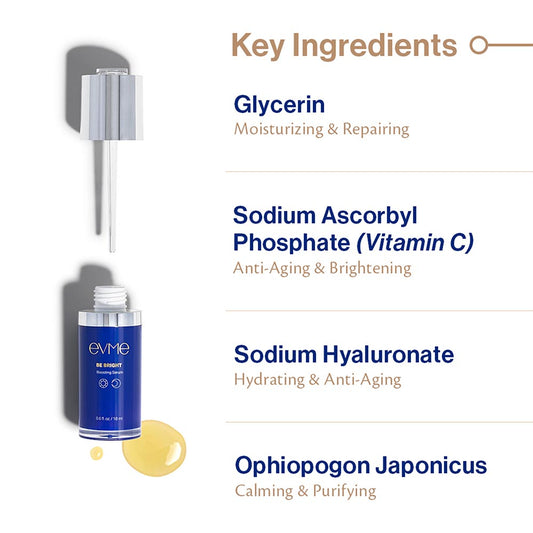Try Evme, allergist-created luxe skincare for sensitive and allergic skin.
Shop All ProductsHow to Patch Test at Home
January 23, 2024
Back To Articles
The average person is exposed to over 170 different chemicals every day through a variety of personal care products, or more if you count other exposures in the air. Although we wish we could test ourselves to every single allergen and understand what we are reacting to, the reality is that we may never know all of the ingredients that bother our skin. It’s also not particularly easy to run over to your doctor’s office any time you want to get tested.
One of the most common questions I get is: How can I patch test myself at home?
A patch test involves applying a small amount of a product to the skin and leaving it on to see if a reaction develops.
Here are some tips for patch testing at home:
1) Find a bandage
Find some sort of bandage that can help you place the test product on your skin for a couple of days. You can use a larger latex-free band aid, and I find that using a tegaderm (a clear sticky film that is stronger than your kitchen plastic wrap, available at the drugstore) works really well.
2) Clean your skin and find a good place to patch yourself
Before you patch up, take a shower and do not apply lotion or cream on your skin so the bandage can stick to your skin longer. You also don’t want anything else to interact with your “test” product. You can really patch any part of your skin, but I recommend using your forearm for patching since you can easily see if your skin is reacting when you take the bandage off.
3) Apply the product onto your skin and occlude it with the bandage
Goop on the product to a small area of your skin — all you need is a dime-sized amount.
4) Leave it on for 2 full days
Yes, 2 whole days. Don’t get the area wet or excessively sweaty - best to skip workouts/baths while the patch is on.
5) Take off the bandage and find out if you are reacting
If you are reacting, you may see redness, swelling, bumps, scaliness, or blisters/oozing. The reaction can sometimes be delayed so take a look at it over the course of the next few days up to a week before you can be sure that you didn’t have a reaction.
If you want to understand if a product as a whole will cause a reaction, home patch testing is an option. If you want to get more granular and understand which particular ingredient may be causing a reaction, that’s where traditional patch testing at the doctor’s office is the most helpful.
Recommended articles
close
Evme Sans-Allergenic Skincare Products
- Choosing a selection results in a full page refresh.



